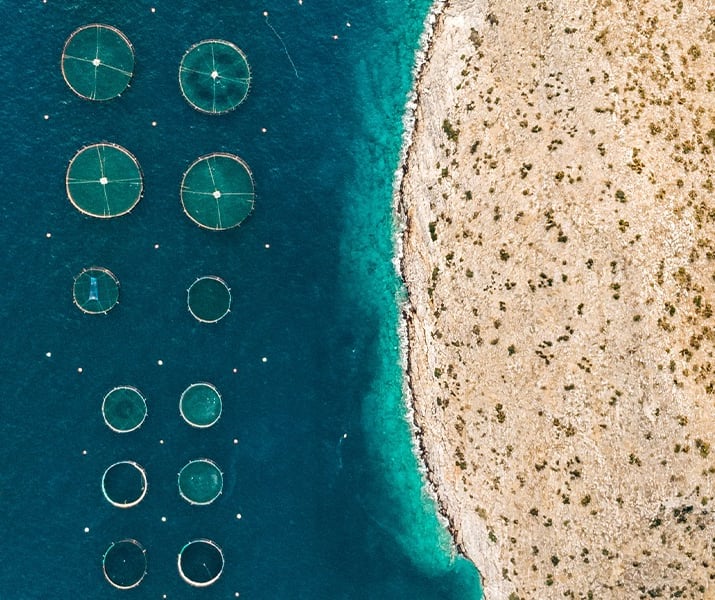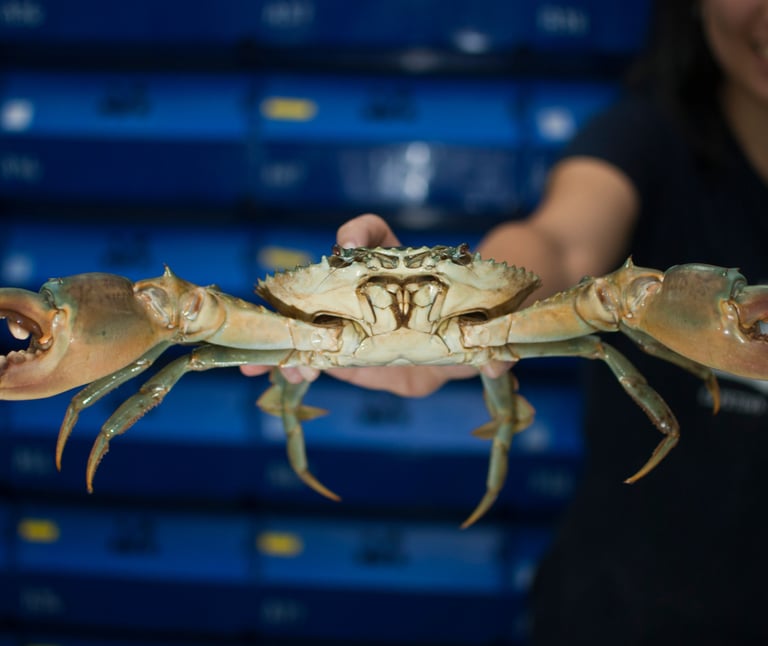Unveiling the Current Trends in Vietnam's Thriving Crab Industry
Vietnam's crab industry is experiencing dynamic shifts, shaped by evolving consumer preferences and strategic market expansions. As the global demand for high-quality seafood continues to rise, Vietnamese crab exporters are strategically positioning themselves to meet these needs. Let's delve into the current trends driving the vibrancy of Vietnam's crab industry, with a keen focus on potential export destinations such as Hong Kong and Singapore.
CRAB STORIES


1. Consumer Preferences and Market Dynamics:
Diversification of Crab Products: Vietnamese seafood exporters are diversifying their product offerings to cater to a wide range of consumer preferences. From live crabs to processed crab meat and value-added products, the industry is adapting to meet diverse market demands.
Health and Sustainability: With an increasing emphasis on health-conscious choices, there's a growing demand for sustainably sourced and responsibly harvested crab products. Vietnamese exporters are aligning with these values to maintain a competitive edge.
2. Exporting Excellence to Hong Kong and Singapore:
Hong Kong's Culinary Scene: Hong Kong, renowned for its vibrant culinary scene, presents a lucrative market for Vietnamese crabs. The city's discerning consumers appreciate fresh and premium-quality seafood, making it an ideal destination for Vietnamese crab exports.
Singapore's Gourmet Markets: Singapore, a global culinary hub, is witnessing a surge in demand for exotic and high-quality seafood. Vietnamese crabs, known for their unique taste and texture, are gaining popularity among Singaporean chefs and seafood enthusiasts.


3. Sustainable Practices and Certifications:
Aquaculture Innovations: Vietnamese crab farmers are embracing sustainable aquaculture practices to ensure the long-term health of crab populations and ecosystems. This commitment to sustainability aligns with the global trend toward responsible seafood sourcing.
International Certifications: To bolster consumer trust and access premium markets, Vietnamese crab exporters are obtaining international certifications for quality and sustainability. This includes certifications from recognized bodies such as the Aquaculture Stewardship Council (ASC).


4. Technological Integration for Efficiency:
Precision Farming Techniques: The use of technology in crab farming, such as precision aquaculture techniques, is on the rise. This ensures optimal growth conditions, minimizes environmental impact, and enhances overall efficiency in the production process.




5. Economic Growth and Community Impact:
Employment Opportunities: The flourishing crab industry contributes significantly to employment opportunities in local communities, fostering economic growth and stability.
Income Generation: Crab farming and export activities provide a sustainable source of income for local communities, uplifting livelihoods and supporting socio-economic development.
As the Vietnamese crab industry continues to evolve, these trends underscore its resilience, adaptability, and commitment to delivering exceptional seafood products to the world. With a strategic eye on potential export destinations like Hong Kong and Singapore, Vietnamese crab exporters are poised to make a lasting impact on the global seafood market.
